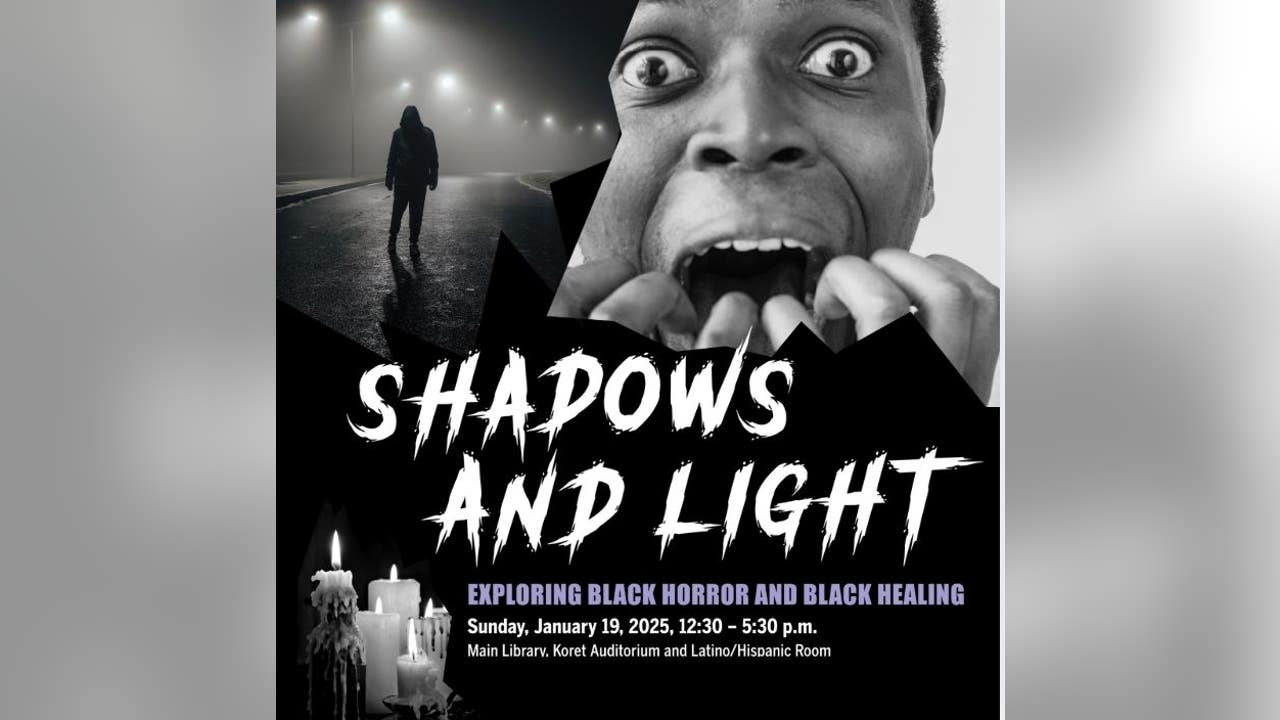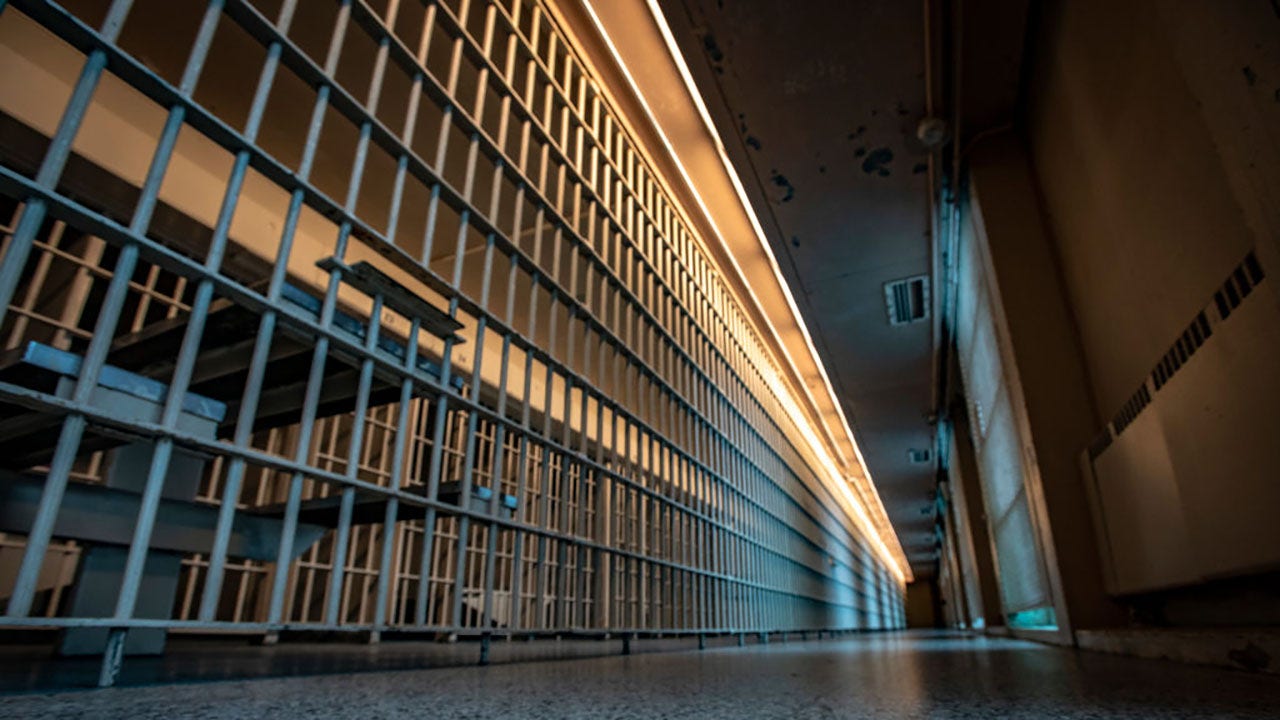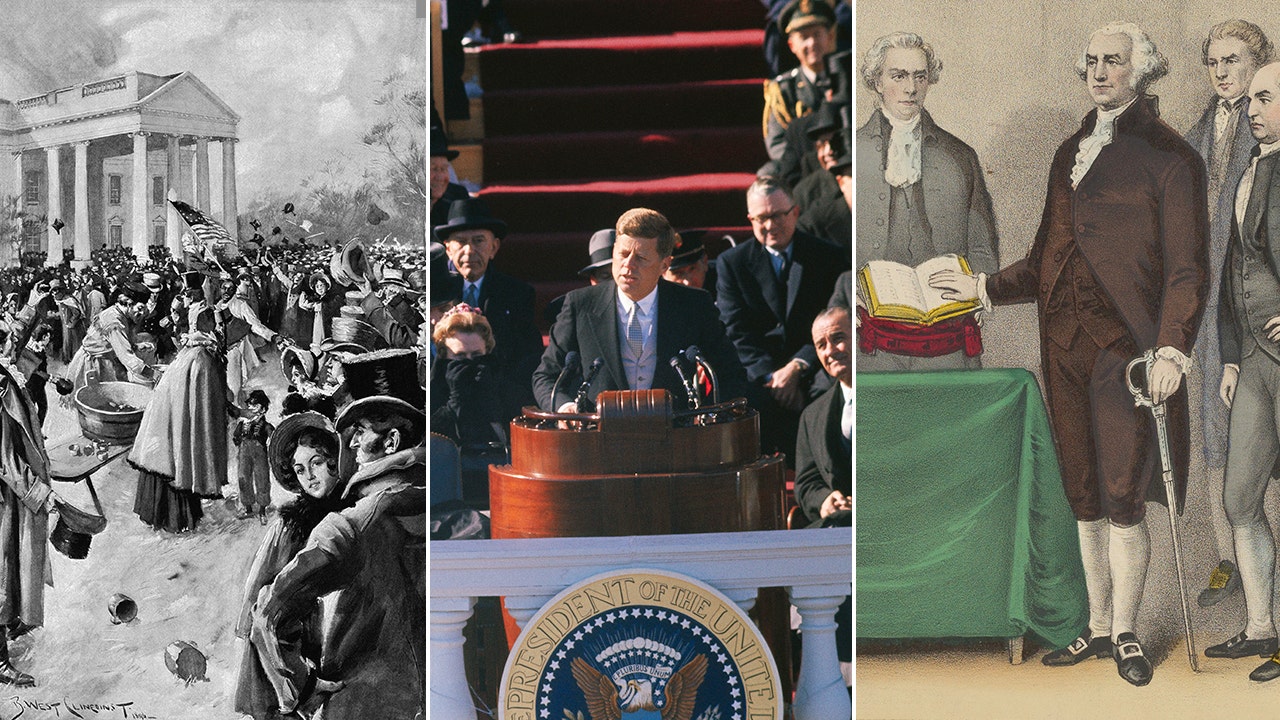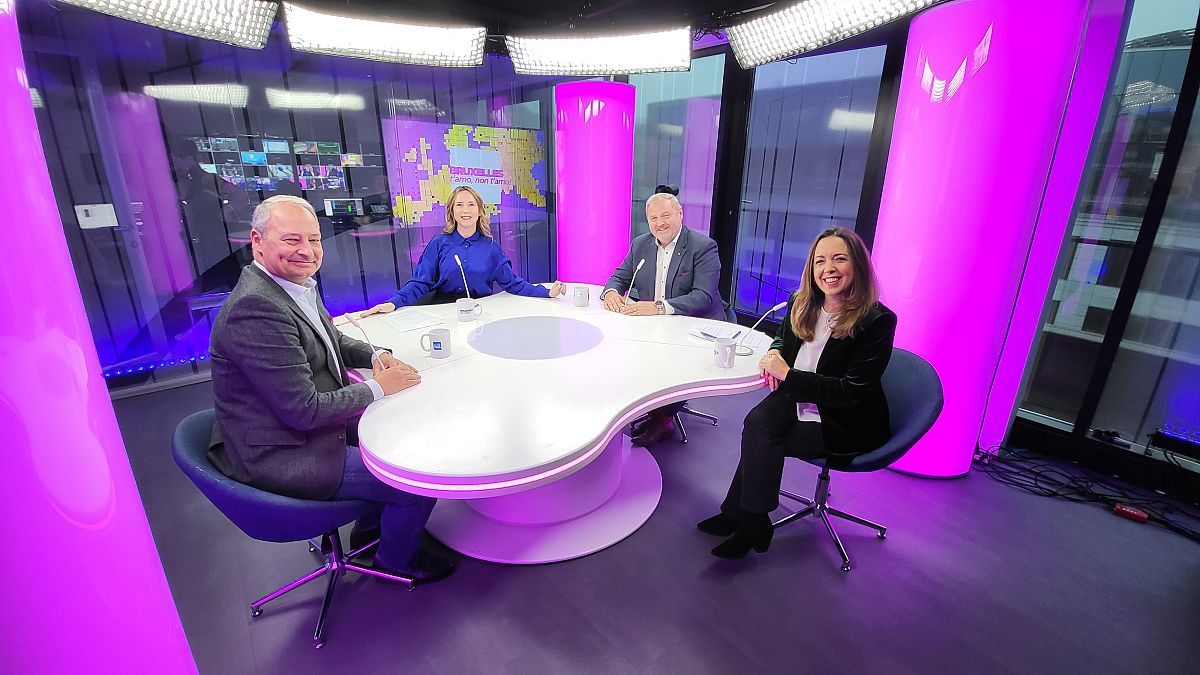San Francisco, CA
This secluded San Francisco park has some of the city’s best views

As I clamored up the steep, rocky mound of dirt, I grumbled to myself about what a waste of space this was for San Francisco. This was a park? A genuine, designated city park?
What started as a quest to visit all 37 of San Francisco’s mini parks left me plopped down in a cloud of brown dust, wondering why I had picked one of the hottest days of the year for this excursion. There wasn’t even a bench for me to rest on.
But after I’d caught my breath from the steep ascent to Lake View and Ashton Mini Park in Ingleside, the quiet drifted over me. Four residential streets dead-end into this hill, meaning there’s not much car or foot traffic nearby. As I stood up and turned a full 360, I realized I could see all the way to the Farallon Islands — and then Mount Davidson, Sutro Tower and Mount Tamalpais. On this clear day, it was one of the most beautiful views I’d encountered in San Francisco, a city with a lot of great views.
The view north from Lake View and Ashton Mini Park, as seen on Monday, May 8, 2023.
Charles Russo/SFGATEAdvertisement
Article continues below this ad
Also known as Orizaba Rocky Outcrop, this park is exactly that — a rocky outcrop. The sandstone ridge it sits on is punctuated by craggy peaks, creating a brow of dirt, grasses and native plants. Well-trodden trails circle the summit, surrounded by vibrant blooming wildflowers or dry grasses, depending on the season. In many cities, this half acre of seemingly wild and abandoned land may not meet the designation of “park” at all. The ground could easily (OK, maybe not so easily) have been graded to make way for a mansion with an excellent panorama, but instead, it’s accessible for all San Francisco residents to enjoy.
The land was established as Lake View and Ashton Mini Park when San Francisco Recreation and Parks acquired five separate parcels in 1977 for $38,550. Establishing mini parks — typically defined as being less than 5,000 square feet in size, though that’s not always true — in underserved areas was popular at the time, an urban development tool that had been proliferating since 1968.
A clipping from a 1958 San Francisco Chronicle article, the caption reads: “The granite peak in the foreground marks the beginning of Merced Heights which stretches westward towards Lake Merced. … Merced Heights was once called Pansy Hill for the wild flowers growing there.”
Image via Newsbank.comUntil then, the mound may have been most commonly known by the nickname Pansy Hill, a reference to the wildflowers that grew there. A 1958 San Francisco Chronicle article that mourns the hill’s undocumented history said that this hill and the surrounding ones never had official names “perhaps because no one cared about the ridge during the city’s early years and no one lived there to perpetuate a name.”
Advertisement
Article continues below this ad
It may have also been called Columbia Heights or Lakeview Ridge, and at one time, there reportedly were two water tanks on the hill. Others called it Merced Heights, now the term generally used to describe the neighborhood itself.
Anything before that is fragmented, as is much of the early history of the city’s “suburbs.” The area surrounding the mini park was part of a seasonal campsite for the Ohlone people before it was sectioned off into Mexican land grants in the early 1800s. Rancher Jose de Jesus Noe (and later mayor of Yerba Buena) sought to expand his grazing lands in the area and applied for a huge tract of land, establishing Rancho San Miguel.
A view of Lake View and Ashton Mini Park, as seen on Monday, May 8, 2023.
Charles Russo/SFGATENoe eventually sold off all his parcels to early homestead associations, which transformed the land into gridded blocks of homes, though most weren’t constructed until after the 1906 earthquake and fire.
Advertisement
Article continues below this ad
Today, the mini park can often be the victim of trash and vandalism, but neighborhood stewards from the Friends of the OMI (Ocean View-Merced Heights-Ingleside) Mini Parks group help maintain local green spaces, including this one. When I spoke with Johanna Lopez Miyaki, project director of OMI, she said she almost didn’t want me to write about the mini park because she was afraid it would become popular. I shared her sentiment.
A view of Lake View and Ashton Mini Park, as seen on Monday, May 8, 2023.
Charles Russo/SFGATEAdd a bench or two, and this place might gain more popularity than I want it to. But given its location in the southwestern part of the city, I’m not that concerned. Mostly, I’m jealous of the homeowners surrounding the mound, who, most days, likely have this special spot all to themselves.

San Francisco, CA
NBA HOFer Charles Barkley refuses to attend NBA All-Star Game, criticizes San Francisco again: “Y'all are not gonna make me like San Francisco!” – The Times of India

Basketball Hall of Famer Charles Barkley has doubled down on his criticism of San Francisco, calling it a “rat-infested place” during his appearance on TNT’s Inside the NBA. Barkley’s remarks came while discussing the All-Star candidacy of Detroit Pistons’ rising star Cade Cunningham, who he believes is a lock for the event. However, Barkley made it clear that he has no intentions of attending the NBA All-Star Game, set to be hosted by the Golden State Warriors at Oracle Arena.
“He’s going to make the All-Star Team,”Charles Barkley confidently stated about Cunningham. “I’m not going. I’m not going to that rat-infested place out in San Francisco.”
This isn’t the first time Barkley has voiced his disdain for the city. His past comments have created controversy, particularly among Bay Area fans and residents.
Charles Barkley’s previous contempt for San Francisco

NBA HOFer Charles Barkley (Image via Getty)
Charles Barkley’s latest remarks were prompted by a colleague’s praise of San Francisco as a “beautiful” city. Unwavering in his opinion, Barkley responded bluntly, “San Francisco is not a beautiful city. Rats. Cats. Y’all are not gonna make me like San Francisco. No. Nope, nope, nope.”
The basketball legend has a history of targeting the city. During last year’s All-Star Game alternative broadcast, Barkley compared Indianapolis, where the event was held, to San Francisco, saying he’d prefer Indiana’s cold weather over “being around a bunch of homeless crooks in San Francisco.”
Draymond Green fires back after hearing Barkley’s criticism
Golden State Warriors star Draymond Green has been one of Barkley’s most vocal critics. In response to Barkley’s earlier comments, Green labeled the Hall of Famer “crazy” and declared that he is not welcome in the city.
“Yes, you can walk around,” Green countered, defending San Francisco’s livability. Barkley, however, retorted sharply, “Yeah, with a bulletproof vest.”
The exchange shows that there is a lot of ongoing tension between Barkley and some Bay Area figures, including WNBA star Candace Parker, who has also defended the city.
While Barkley’s comments have drawn attention to San Francisco’s challenges, the city’s newly elected mayor, Daniel Lurie, is focused on addressing its issues. Lurie has committed to making San Francisco’s streets safer, tackling the city’s drug and behavioral health crisis, and increasing affordable housing.
Also read: Warriors Trade Rumor: Stephen Curry and co. reportedly eyeing blockbuster trade for LeBron James or Jimmy Butler to improve roster before trade deadline
These initiatives aim to reshape the narrative surrounding San Francisco, but Barkley’s harsh criticisms throws light on the larger issues the city faces. All eyes will be on the event as the NBA All-Star Game approaches, but Barkley has stated that he will not be attending.
San Francisco, CA
San Francisco police recover stockpile of stolen bikes, parts

Stolen bikes San Francisco. Picture: SFPD
SAN FRANCISCO – San Francisco police officers recovered several bikes worth tens of thousands of dollars following a burglary earlier this month.
The backstory:
On Wednesday, police arrested San Lorenzo man Joseph Zachary Negapatan for the thefts.
On Jan. 2, several bikes worth around $28,000 were stolen at a residence in the 2700 block of Anza Street around 10:10 a.m.
Eleven days later, the victim told SFPD investigators that their bikes were being sold online. With this information, police named a Negapatan as a possible suspect.
While searching Negapatan’s home, they found the stolen bicycles and other stolen bikes, frames, and bike parts.
The 25-year-old was booked into the San Francisco County Jail for possession of stolen property. He has since been released on his own recognizance.
What’s next:
The San Francisco Police Department urges victims of bike thefts to keep records of serial numbers and use Bike Index, a free database that helps recover stolen bikes.
The Source: The San Francisco Police Department
San Francisco, CA
San Francisco Public Library explores Black horror and its healing powers

San Francisco Public Library explores Black horror and its healing powers
The San Francisco Public Library kicks off more than a months worth of Black History Month programming starting with the Martin Luther King Jr. holiday. Up first, a look at Black horror and its healing powers.
SAN FRANCISCO – The San Francisco Public Library kicks off more than a month’s worth of Black History Month programming starting with the Martin Luther King Jr. holiday. For their premier event on Sunday, they will examine the Black horror genre and its role in healing communities.
This year, Dr. Martin Luther King Jr. Day coincides with Inauguration Day in the U.S.
One day before the convergence of the holiday and Donald Trump’s inauguration, The SFPL presents, Shadows and Light: Exploring Black Horror and Black Healing.
Organizers say the timing of the event is aligned with MLK Day, and the overlap with Inauguration Day is purely coincidental.
Shawna Sherman, manager of SFPL’s African American Center, says the event marks the launch of more than a month’s worth of Black History Month programming at the library and that they always kick off the festivities on MLK Jr. weekend.
What they’re saying:
“We partnered with Sistah Scifi on this event because we think it’s a great opportunity for Black horror fans to come together and celebrate their love of the genre,” Sherman says. She adds that the library as a resource provider is a venue for free exchange and deep conversation on a variety of perspectives.
In 2019, Isis Asare launched Sistah Scifi, the first Black-owned bookstore focused on science fiction and fantasy.
Asare says the event will attract as many as 300 people throughout the day. It includes a keynote talk by author and film historian, Tananarive Due, as well as deep dives into the historical context of Black horror and how narratives from this genre can reflect societal fears and injustice.
Healing and empowerment
George Romero’s classic zombie apocalypse film, 1968’s ‘Night of the Living Dead’, is explored in a documentary film produced by Due, Horror Noire: A History of Black Horror.
In reality, the late ‘60s was a tumultuous time of societal upheaval rife with assassinations, including those of Dr. King and Malcolm X. Romero’s film is revolutionary in the sense that it’s a Black man, as Due once put it, who is the “rare Black lead” character in the film. Prior to this film, Due and other scholars observed that Black people in horror were only included as comic relief or to elevate white characters to make them appear more dignified.
The character, named Ben, is handsome, strong-willed, decisive and dignified whether the audience was ready for him or not. Due has lectured that this type of character may have been nightmarish for racist viewers of that era who were anti-integration. Seeing Ben ordering around the white characters may not have sat well with audience members who didn’t want to change the social structure.
In the end, Ben, the final survivor of the zombie onslaught is tragically shot by a white mob.
“Exploring Black horror in particular allows us to look at those monsters and overcome,” Asare says. “You see that in ‘Night of the Living Dead’. You see that in Parable of the Sower, where the characters deal with a lot of the stuff that we’re dealing with today. A presidential candidate who wins on the [slogan] of Make America Great Again and you see a character overcome that.”
She’s referring to Afrofuturistic sci-fi author Octavia Butler’s prophetic novel, which has been adapted into a graphic novel by John Jennings, who is featured at this event in a panel discussion on Healing Through Horror.
Set in California, 2025, the original book was written more than 30 years ago.
“You see a California that is engulfed in wildfires and see how characters navigate that,” Asare says. “Black horror in particular is, we’re hoping, a space where our community can face our monsters both the real and imagined and come away with tools to feel powerful and take those tools towards a path of healing.”
Triple marginalized
“I really love writing about queer Black girls and horror in general is just one of my favorite genres,” Hayley Dennings said.
Dennings is an author who grew up in the Bay Area. She now lives in Oakland. Her first novel, This Ravenous Fate, is a New York Times bestseller. In her work, she looks to twist around the tropes of the past.
“I feel like horror in general is like a great genre used to explore real human emotions and especially the tumultuous times that are happening,” says Dennings. “You see it a lot, especially in Gothic horror. Specific monsters were used to portray minorities and to scare people off from having certain connections to those minorities.”
She explains how this is seen in stories about vampires. “Vampires are seen as these creatures of the night or our shadow selves that represent desire that a lot of people don’t like to admit to.
“I am writing about queer, Black girls who are triple marginalized. I don’t want to write a book that tells girls they can’t be queer, they should be ashamed of their Blackness,” says Dennings. “For me, it’s very empowering to get to use these classically problematic tropes and turn them around into something more powerful and to tap into the darker parts of our psyche and kind of use it as a way to explore our trauma, which a lot of times are left hidden.”
She sees what some hold against her almost like a superpower.
“There aren’t that many stories that are honest about this experience,” Dennings says. “I think the publishing industry likes to make things more palatable to a more straight white audience. So it’s cool to get to be really raw about my truth and to actually have people connect with that.”
History still relevant
Dennings’ current novel is set about 100 years ago during the Harlem Renaissance.
“There are a lot of issues that the characters are facing 100 years ago in 1926 that are still relevant today,” says Dennings.
She lists medical racism (Tuskegee experiment) and misogyny towards Black females as examples. Looking back, she says even the intergenerational trauma from the generation that endured slavery was still relevant and had not been processed by the 1920s.
“It’s a way to find connections to our ancestors and our pasts. So much of the history, the Black history that I was taught was full of trauma,” says Dennings. “I have a lot of readers who tell me, ‘This feels really familiar even though it is a historical novel.’ Even though there is so much of our history that has been ignored, we still can uncover it and still feel really connected to it.”
Healing from trauma can mean reclaiming the narrative. Dennings looks to present a more nuanced version of what she calls a full human story of Blackness, one that isn’t just about the brutality and monstrosity of the past.
She says horror is a way to explore the various emotions.
Sherman agrees.
“Horror stories, whether in fiction or graphic novels or film – I think they confirm for us the horrors that we experience, you know? Yes, slavery was that brutal. And yes, science experiments have been conducted on Black people. And yes, the state has even made some of us infertile. You know, I could go on,” says Sherman. “This is not science fiction. It’s real and sometimes it might be easy for us to forget some of these things. But when we have them fictionalized in movies, in fiction, in books, it becomes, I think, easier for us to face.”
Keeping it accessible
Attendees are encouraged to connect with each other and to check out the event’s Black marketplace. Seven vendors in the realm of health and wellness will be on hand.
Books by the featured authors will be on sale, but since the event is at the library, guests will have a chance to pick up a library card if they don’t already have one. SFPL has a trove of material on this very topic.
As Asare says, this event is catered to people who are excited about the horror genre and who want to dive deeper into Black horror. Maybe you’ve only watched Jordan Peele’s Get Out. That’s fine. You don’t need a PhD in Black literature to engage in these conversations or to simply be curious.
Andre Torrez is a digital content producer for KTVU. Email Andre at andre.torrez@fox.com or call him at 510-874-0579.
-
/cdn.vox-cdn.com/uploads/chorus_asset/file/25822586/STK169_ZUCKERBERG_MAGA_STKS491_CVIRGINIA_A.jpg)
/cdn.vox-cdn.com/uploads/chorus_asset/file/25822586/STK169_ZUCKERBERG_MAGA_STKS491_CVIRGINIA_A.jpg) Technology1 week ago
Technology1 week agoMeta is highlighting a splintering global approach to online speech
-

 Science7 days ago
Science7 days agoMetro will offer free rides in L.A. through Sunday due to fires
-
/cdn.vox-cdn.com/uploads/chorus_asset/file/23935558/acastro_STK103__01.jpg)
/cdn.vox-cdn.com/uploads/chorus_asset/file/23935558/acastro_STK103__01.jpg) Technology7 days ago
Technology7 days agoAmazon Prime will shut down its clothing try-on program
-

 News1 week ago
News1 week agoMapping the Damage From the Palisades Fire
-

 News1 week ago
News1 week agoMourners Defy Subfreezing Temperatures to Honor Jimmy Carter at the Capitol
-
/cdn.vox-cdn.com/uploads/chorus_asset/file/25826211/lorealcellbioprint.jpg)
/cdn.vox-cdn.com/uploads/chorus_asset/file/25826211/lorealcellbioprint.jpg) Technology6 days ago
Technology6 days agoL’Oréal’s new skincare gadget told me I should try retinol
-
/cdn.vox-cdn.com/uploads/chorus_asset/file/25832751/2192581677.jpg)
/cdn.vox-cdn.com/uploads/chorus_asset/file/25832751/2192581677.jpg) Technology3 days ago
Technology3 days agoSuper Bowl LIX will stream for free on Tubi
-

 Business4 days ago
Business4 days agoWhy TikTok Users Are Downloading ‘Red Note,’ the Chinese App

















